Why Switzerland monitors wastewater from Fukushima’s damaged nuclear plant
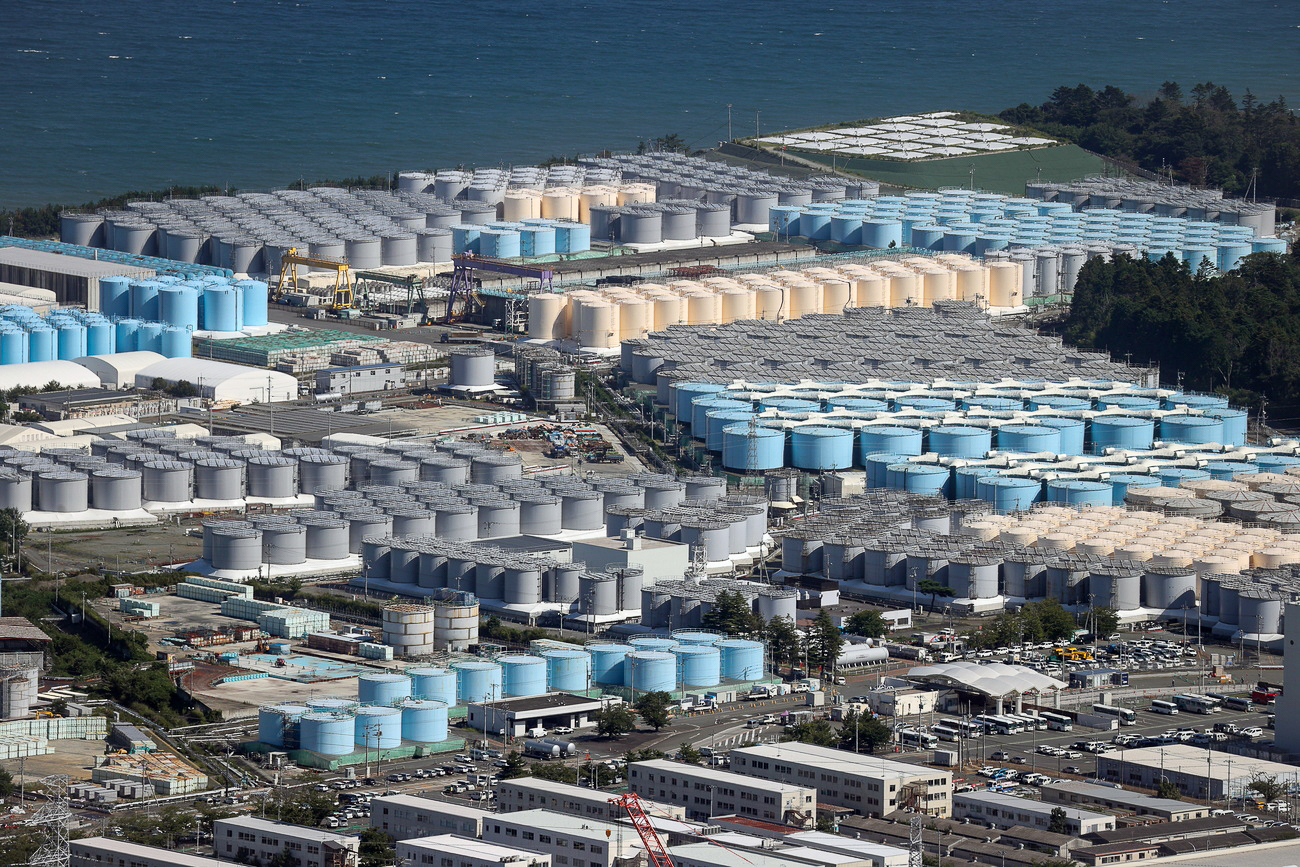
Japan has started releasing wastewater from the tsunami-wrecked Fukushima nuclear power plant into the Pacific Ocean. A Swiss lab has played a vital role in making sure the dumping of contaminated water meets international standards. The discharges continue to stoke fears among some locals and neighbouring countries like China.
On March 11, 2011, a 9.1-magnitude earthquake struck off the northeast coast of Japan’s main island, generating a tsunami that killed 18,000 people. When the deadly wave hit the coast, it also crashed into the Fukushima Daiichi nuclear plant. Huge amounts of seawater were needed to cool three of the reactors and burning fuel.
Since the accident, over 1.3 million tons of wastewater have been collected, treated, and stored in over 1,000 tanks at the site. This includes groundwater and rainwater that has seeped into reactor buildings. The ongoing cooling process still reportedly produces 130 tons of contaminated water daily and space is slowly running out.
Why is the Fukushima nuclear power plant releasing wastewater?
The plant is in a region with a high earthquake risk. After years of debate and a final greenlight from the International Atomic Energy Agency (IAEA), on August 24 Japan began releasing treated radioactive water from the Fukushima plant into the ocean through a pipeline extending one kilometre from the coast. It views this as a key step in decommissioning the plant over the next 30 years.
After its lengthy review, the UN nuclear watchdog concludedExternal link this summer that Japan’s plans were consistent with global safety standards and that they would have a “negligible radiological impact to people and the environment”.
How does Japan treat and release the contaminated Fukushima wastewater?
The water at the Fukushima plant is loaded with radioactive compounds, known as radionuclides, such as cesium, iodine-129, strontium-90 and tritium.
Before discharging the contaminated water into the ocean, the operator Tepco uses a powerful pumping and filtration system called ALPS (Advanced Liquid Processing SystemExternal link). This leads to many chemical reactions that remove the radioactivity as much as possible.
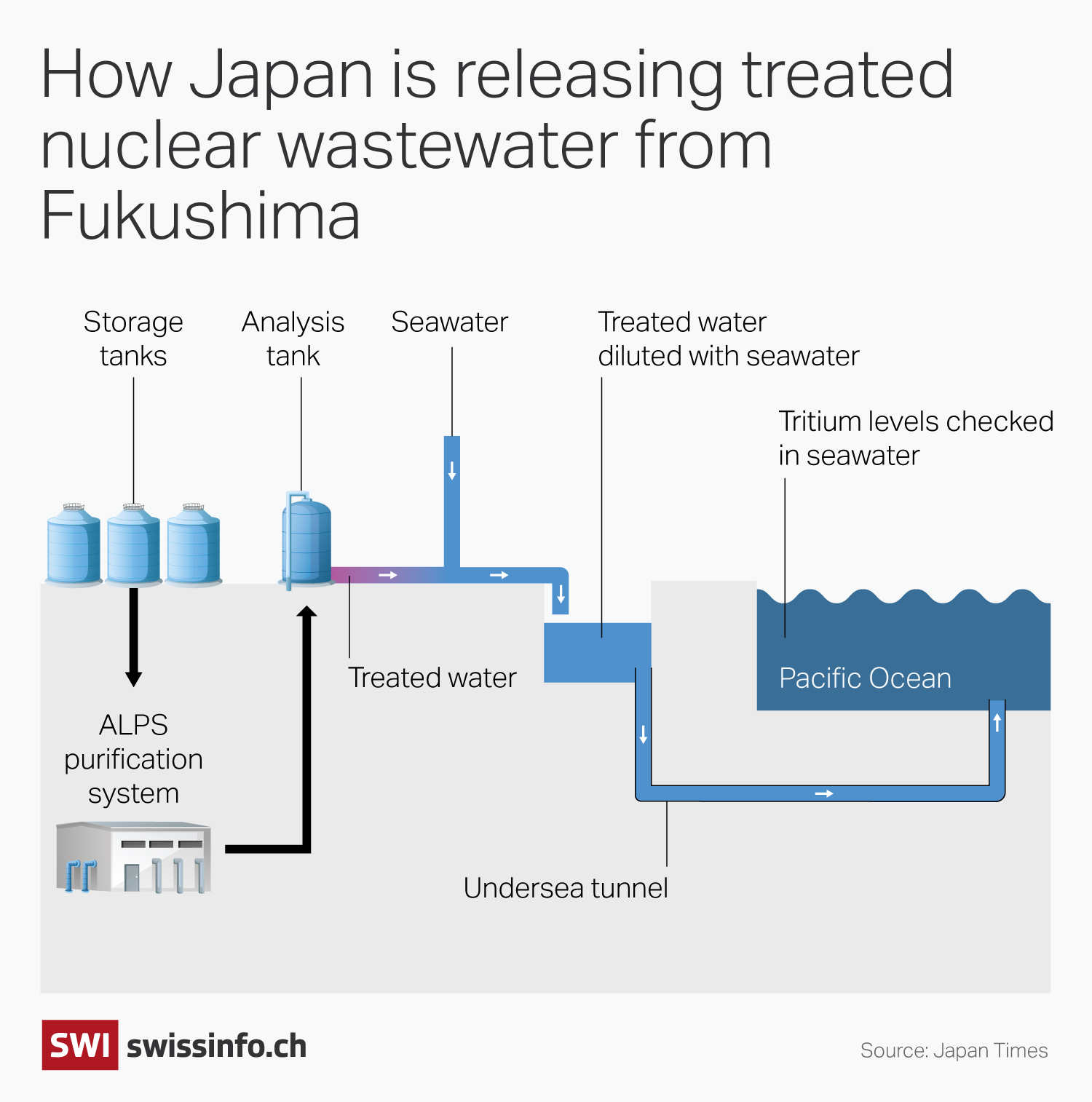
Japan says it can remove most radioactive elements (62 radionuclides) except for tritium, an isotope of hydrogen that is difficult to separate from water. Tritium exists naturally and is routinely produced by nuclear reactors and released by power plants around the world. While it is considered relatively harmless, the risk of cancer increasesExternal link if it is consumed in extremely large quantities. To lower the concentration of tritium, the water at Fukushima is diluted with massive amounts of seawater.
During tests in March, the Japan Atomic Energy Agency detected 40 radionuclides in the wastewater. After treatment, the concentration of elements in the water was below the accepted standards for 39 – all except tritium. Its level reached 140,000 becquerels per litre (Bq/L) – while the regulatory concentration limit for release into the sea is set at 60,000 Bq/L in Japan. But a final dilution reduced the tritium level to 1,500 Bq/L.
The IAEA confirmedExternal link on November 2 that releases so far have contained tritium concentrations far below the country’s operational limit.
Within the scientific community, the validity of the safety of Japan’s planned water release is widely debated. Some environmental groups strongly oppose it, arguing that not all possible impacts have been studied. GreenpeaceExternal link, for example, has released reports casting doubt on Tepco’s treatment process, alleging it does not go far enough in removing radioactive substances. It says the biological impacts of tritium, carbon-14, strontium-90 and iodine-129 in the water “have been ignored”.
How is Switzerland involved in the radioactivity monitoring at Fukushima?
The Spiez Laboratory, near the Swiss capital Bern, is best knownExternal link for its detective work on chemical, biological and nuclear threats since the Second World War. Swiss experts have been collaborating with the IAEA since 2016External link. Samples of seawater, sediments and fish taken around the Fukushima power plant were sent to Spiez and other labs around the world for detailed independent analysis as part of efforts to assess safety. An IAEA reportExternal link published in 2019, which included Swiss results, confirmed the accuracy of samples analysed by Japanese labs from off the Fukushima coast.
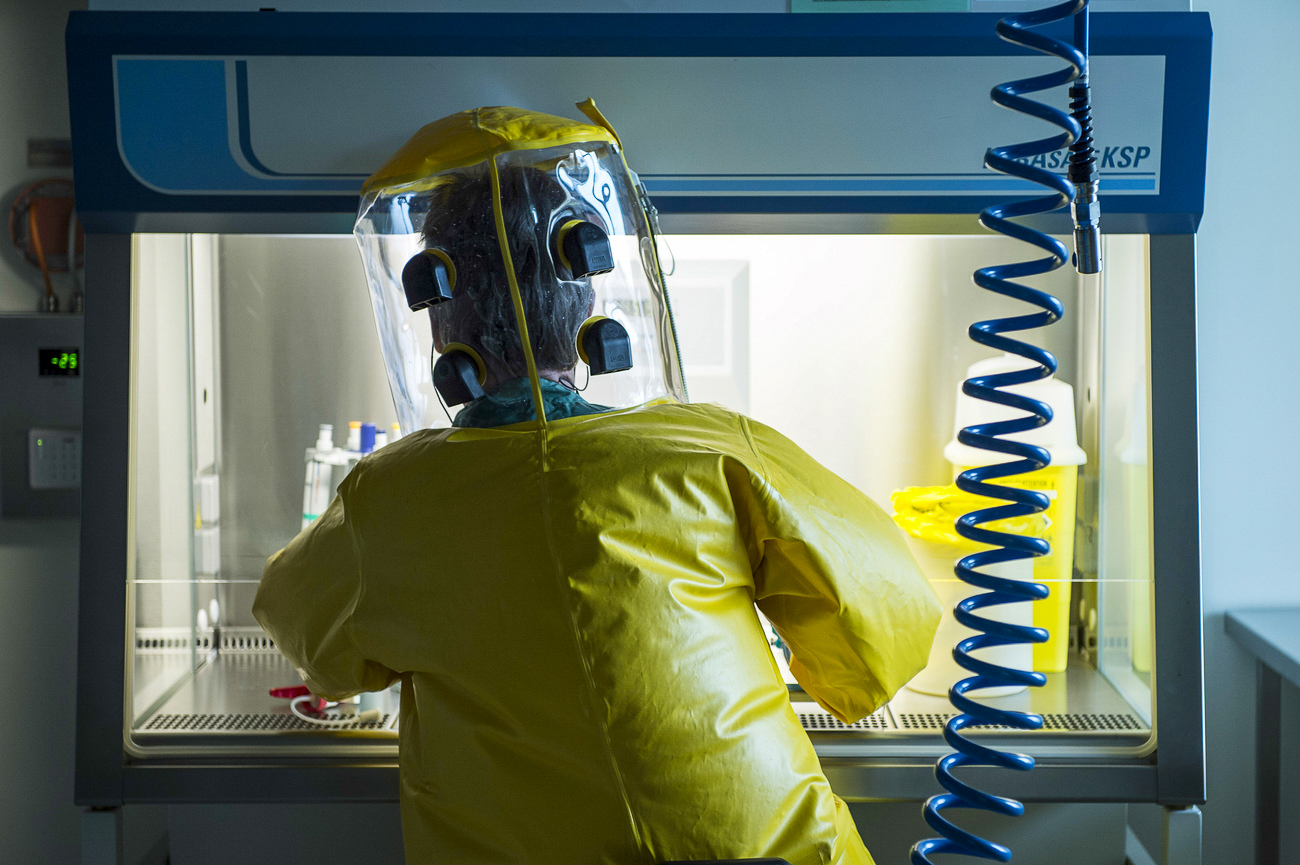
More recently, the Swiss lab analysed samples of treated wastewater from Fukushima’s ALPS system before they were discharged into the ocean. An IAEA reportExternal link from May 2023, which included Swiss results, concludedExternal link that nuclear plant operator Tepco had demonstrated a high level of accuracy in its measurements, analytical methods and technical competence.
Spiez spokesperson Andreas Bucher said Swiss experts agreed with the IAEA that “the approach and activities for the discharges [at Fukushima] are consistent with relevant international safety standards”. They would have a negligible radiological impact on people and the environment.
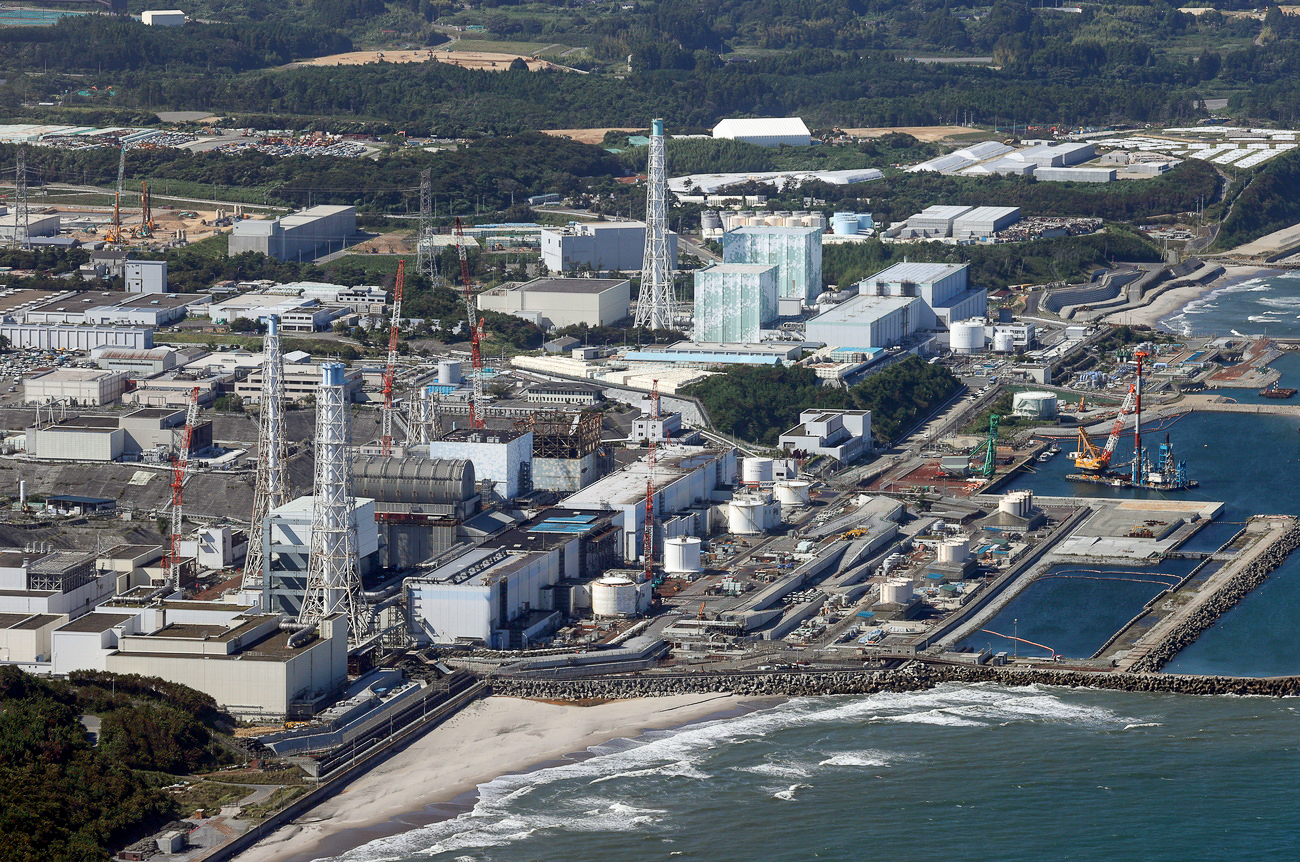
Following the 2011 accident at the nuclear plant, the nearby coastal areas were contaminated with several radionuclides, he noted. Some are still found in sediments, but the levels of contamination in seawater and fish are generally low, in most case close to levels found before the accident.
The release of diluted water treated by ALPS would not contribute to any significant increase of the radioactive contamination in the region, with the exception of tritium, according to Spiez experts.
But the annual planned release of tritium at Fukushima (22 trillion becquerels) is still “significantly lower” than those of other facilities around the world, such as the nuclear fuel reprocessing plant at La Hague, France, or the nuclear site at Sellafield in the UK. It is of same magnitude of releases at nuclear power plants in Switzerland, said Bucher.
What about Swiss nuclear plants? Do they also release tritium into the environment?
Switzerland has four operational nuclear power stations that generate roughly a third of the nation’s energy needsExternal link. At present, radioactive waste is stored in secure above-ground halls on the premises of the nuclear power plants and at two central interim storage sites in the north of the country. Under Swiss law, in the long term, radioactive waste is to be securely stored in deep underground repositories. Meanwhile, radioactive wastewater from the plants is treated using different systems such as centrifugation, evaporation, and cross-flow-nanofiltration before being released into the Aare and Rhine rivers. The Swiss Federal Nuclear Safety Inspectorate (Ensi) publishesExternal link monitoring data on radioactivity in wastewater and exhaust air quality every month.
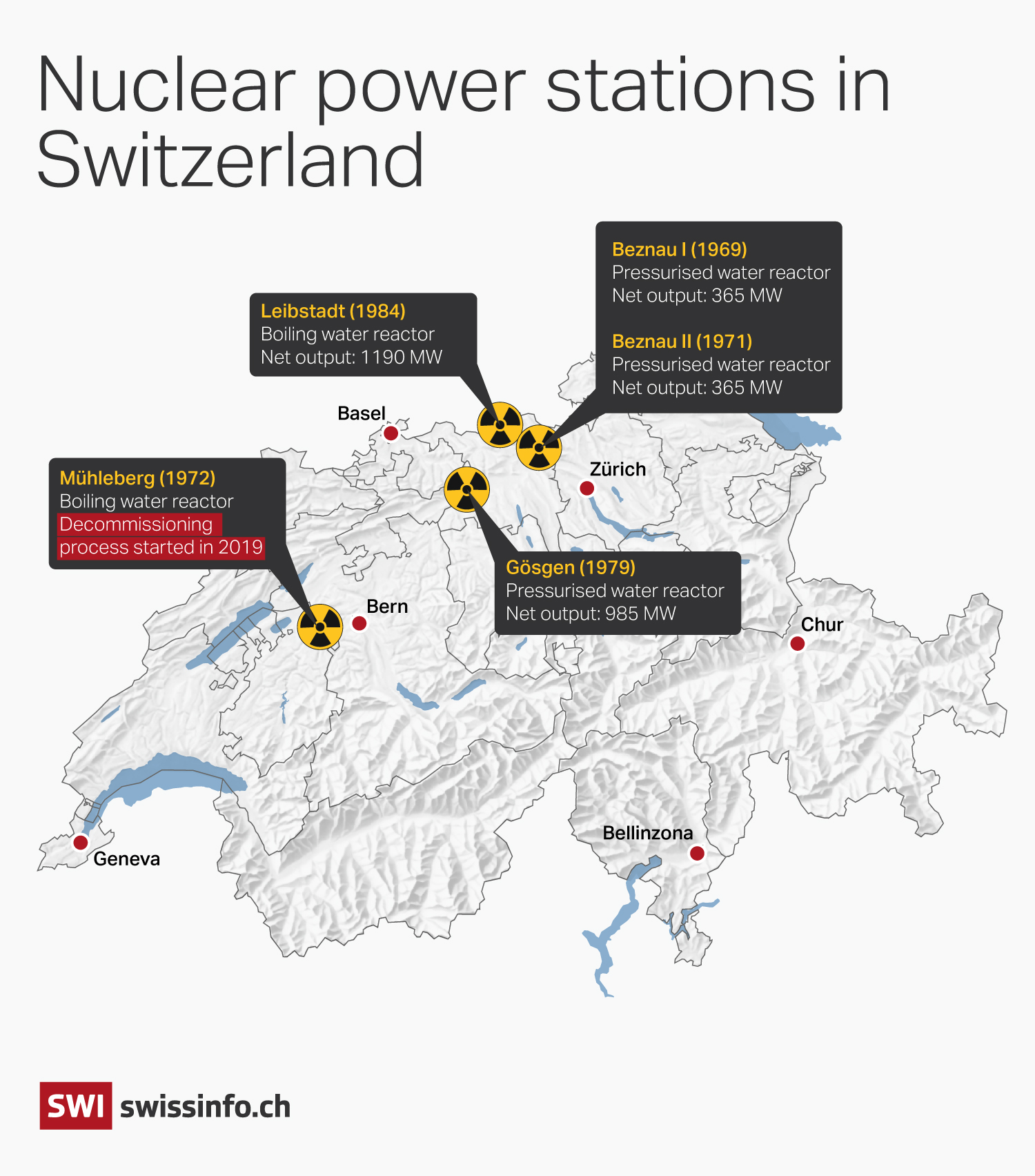
Ensi said liquid radioactive substances from Swiss nuclear facilities released into both rivers are “well below the officially defined emission limits”. Total discharges (excluding tritium) have been declining over the past two decades due to improvements.
The Tages-Anzeiger newspaper said External linkSwiss nuclear plants emitted 33 trillion becquerel (Bq) of tritium in 2019, which should add up to 1,000 trillion Bq over the next 30 years, or more than the total tritium in the Fukushima tanks (900 trillion).
Who is opposed to the Fukushima discharges?
Japanese fishing unions have long opposed the government plan. A petition from the regions around the plant has garnered over 250,000 signatures since the proposal was first made.
Certain neighbouring countries have also complained about the threat to the marine environment and public health, with Beijing emerging as the biggest critic. China has calledExternal link the discharge “nuclear-contaminated water”.
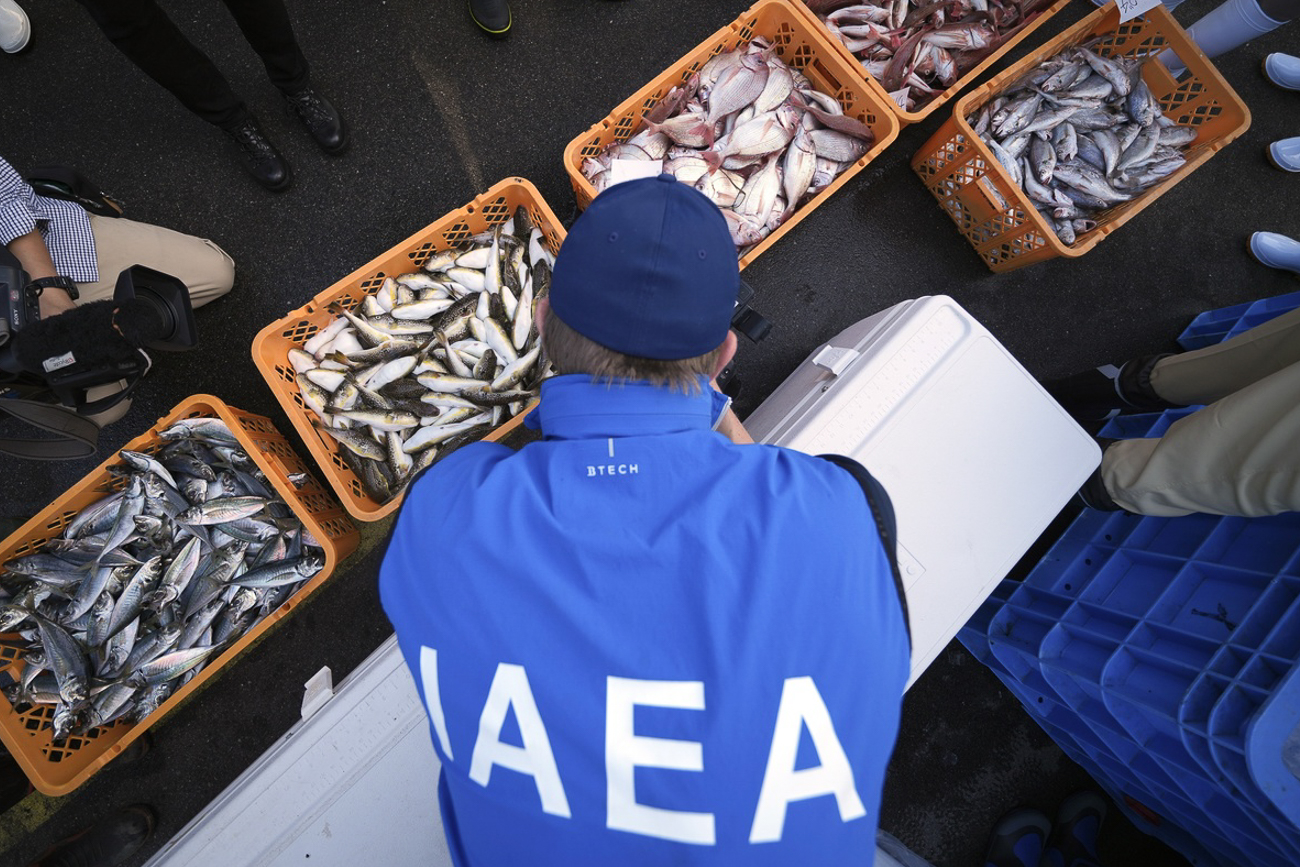
Ties between Japan and China have been tested by a Chinese ban on Japan’s seafood following the decision to begin releasing treated water. The ban has badly hurt Japanese exporters of scallops and other seafood.
Tokyo and Beijing have proposed a meeting of experts to discuss the issue and a vague agreement on easing the dispute.
Switzerland lifted all import restrictions on Japanese fish, wild mushrooms and plants in August 2023 after the Swiss Federal Food Safety and Veterinary Office said food from the Fukushima region can once again be considered safe.
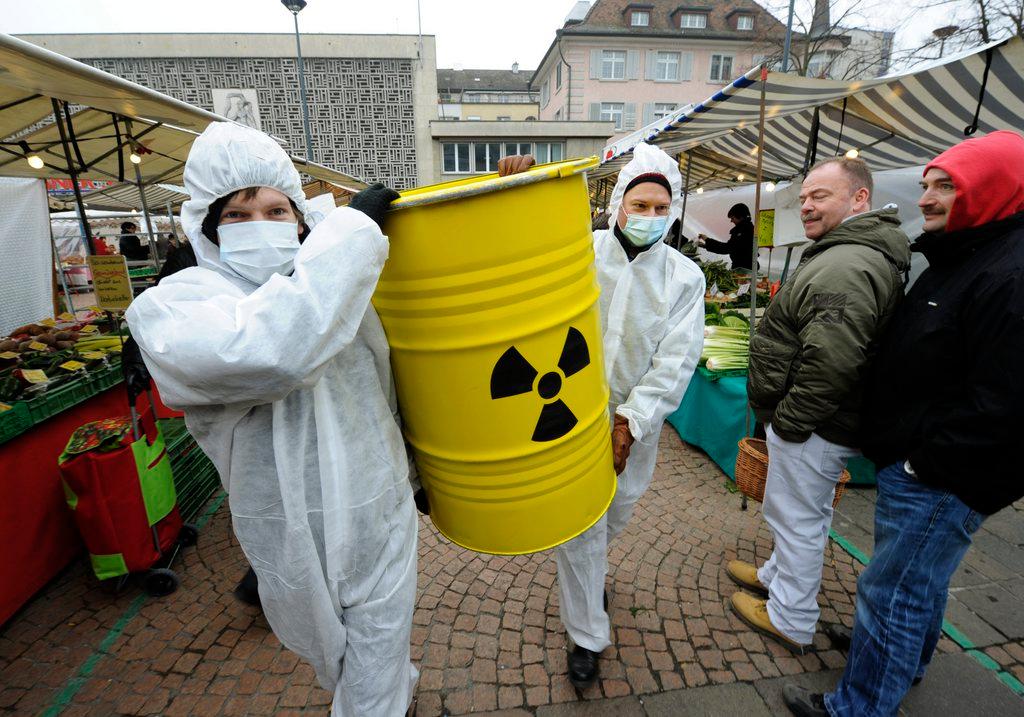
More
Radioactive waste: Japan learns from Switzerland’s mistakes

In compliance with the JTI standards
More: SWI swissinfo.ch certified by the Journalism Trust Initiative

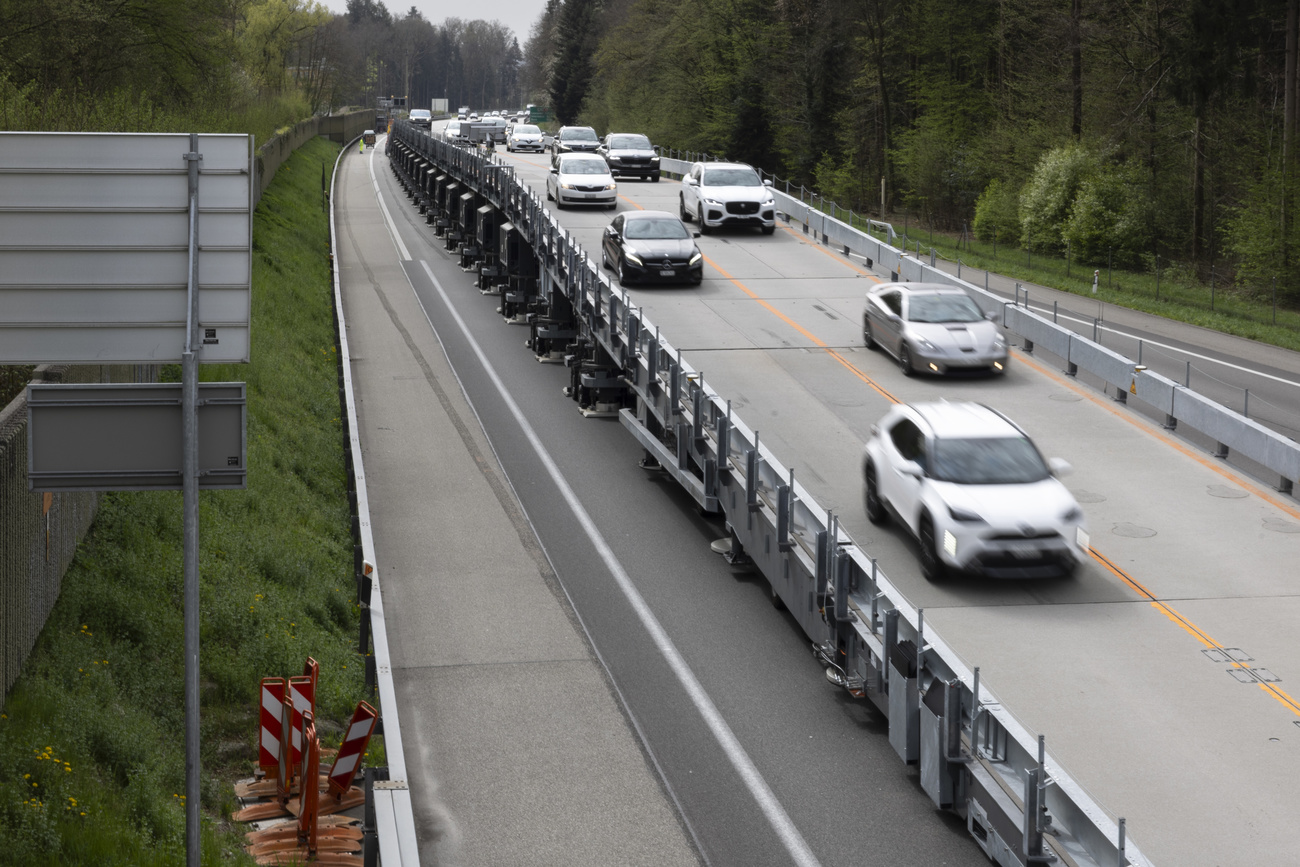
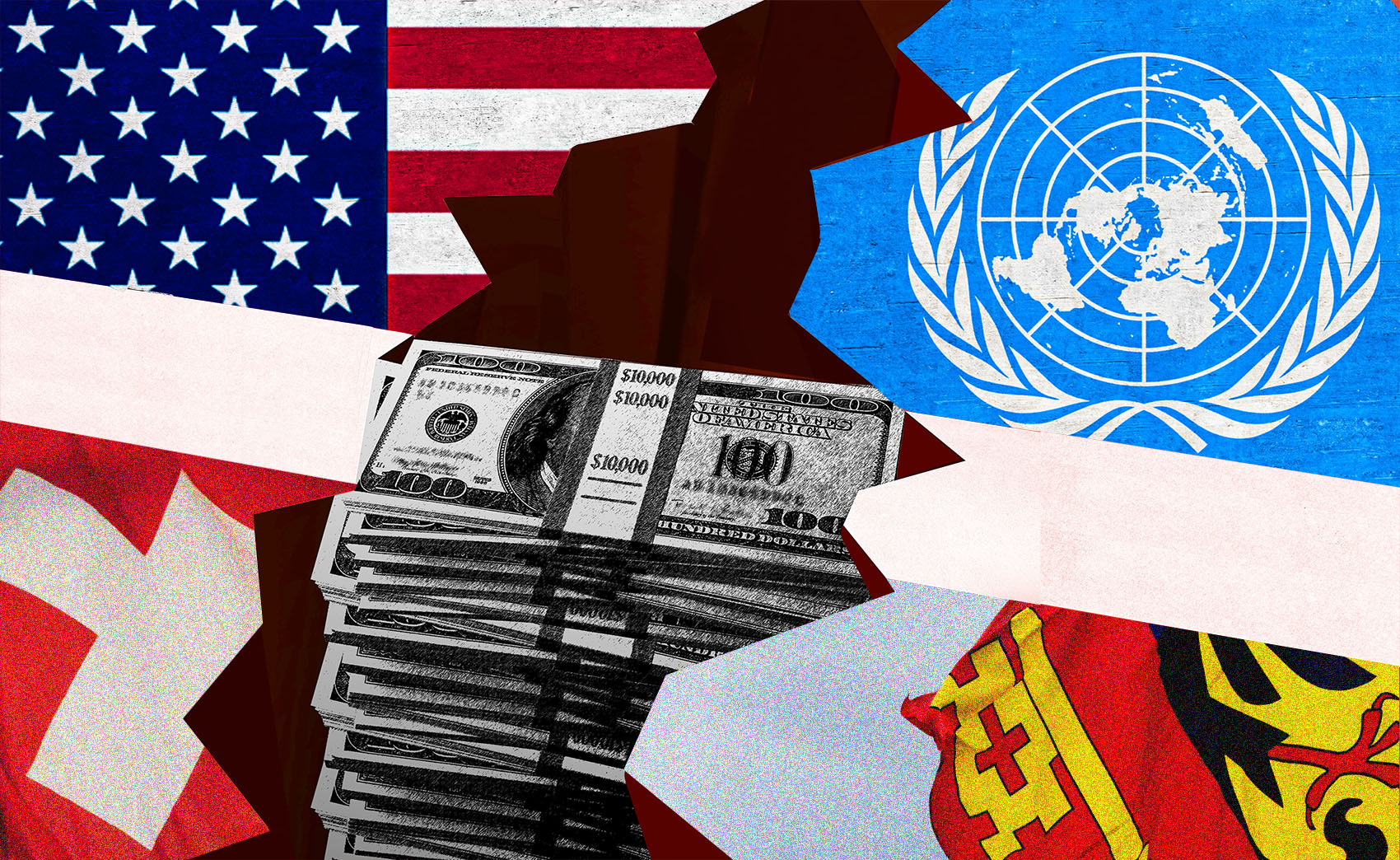





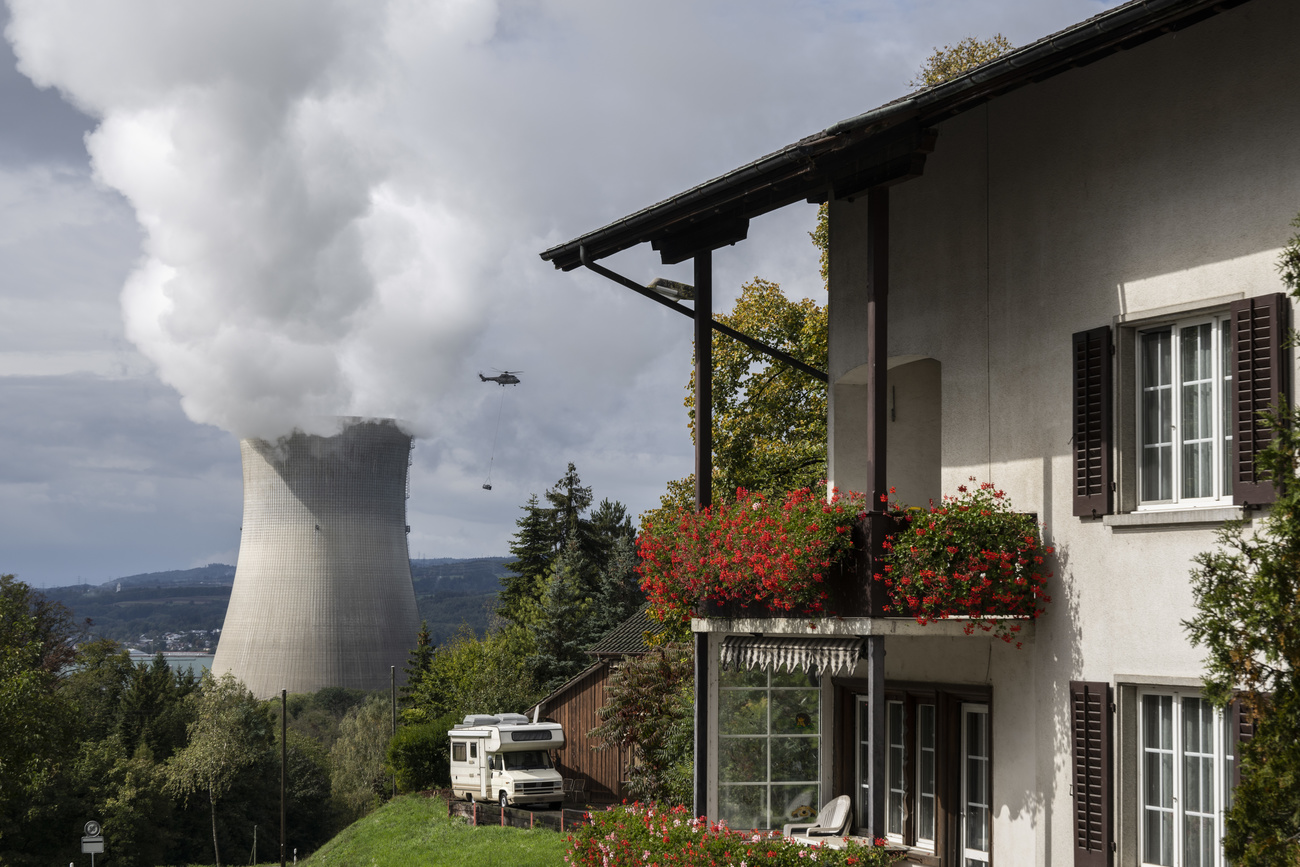
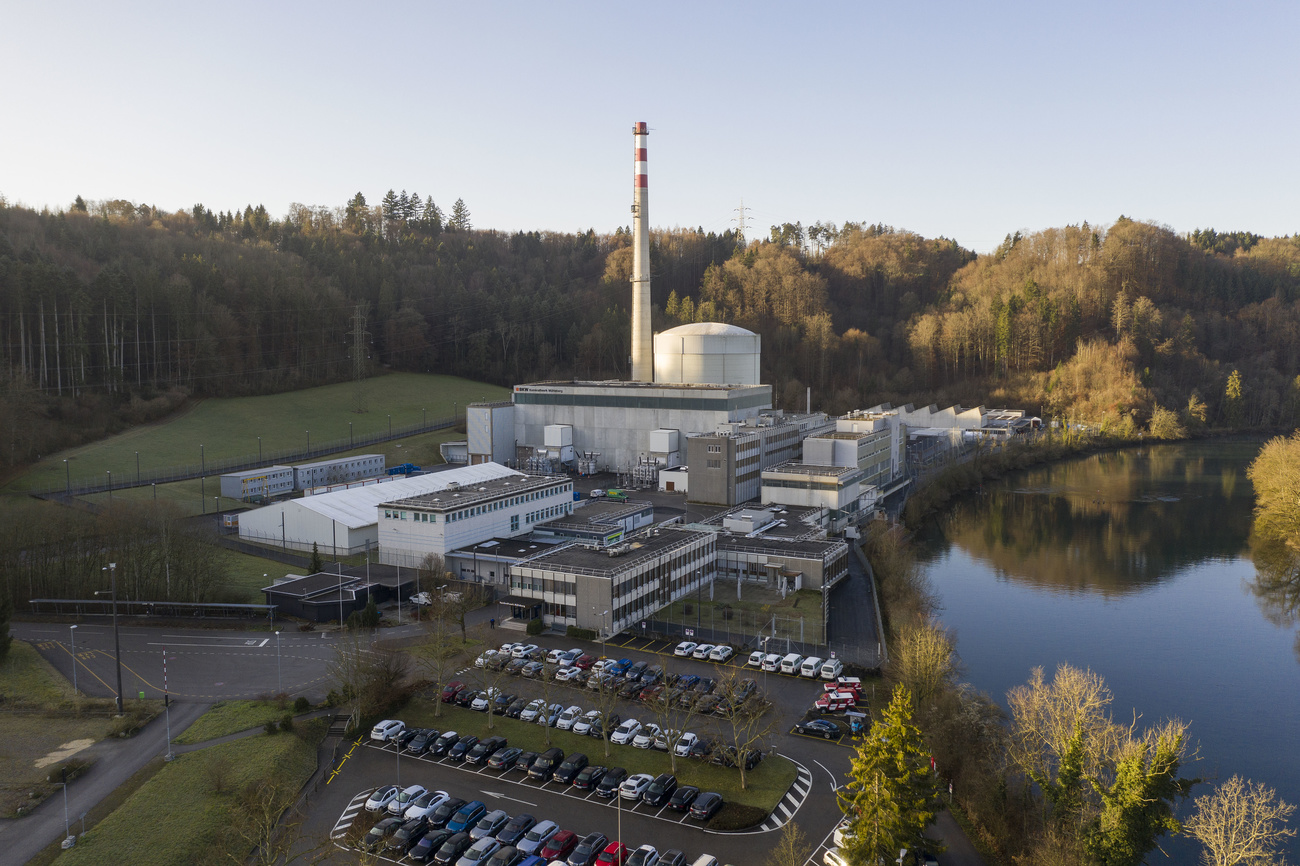
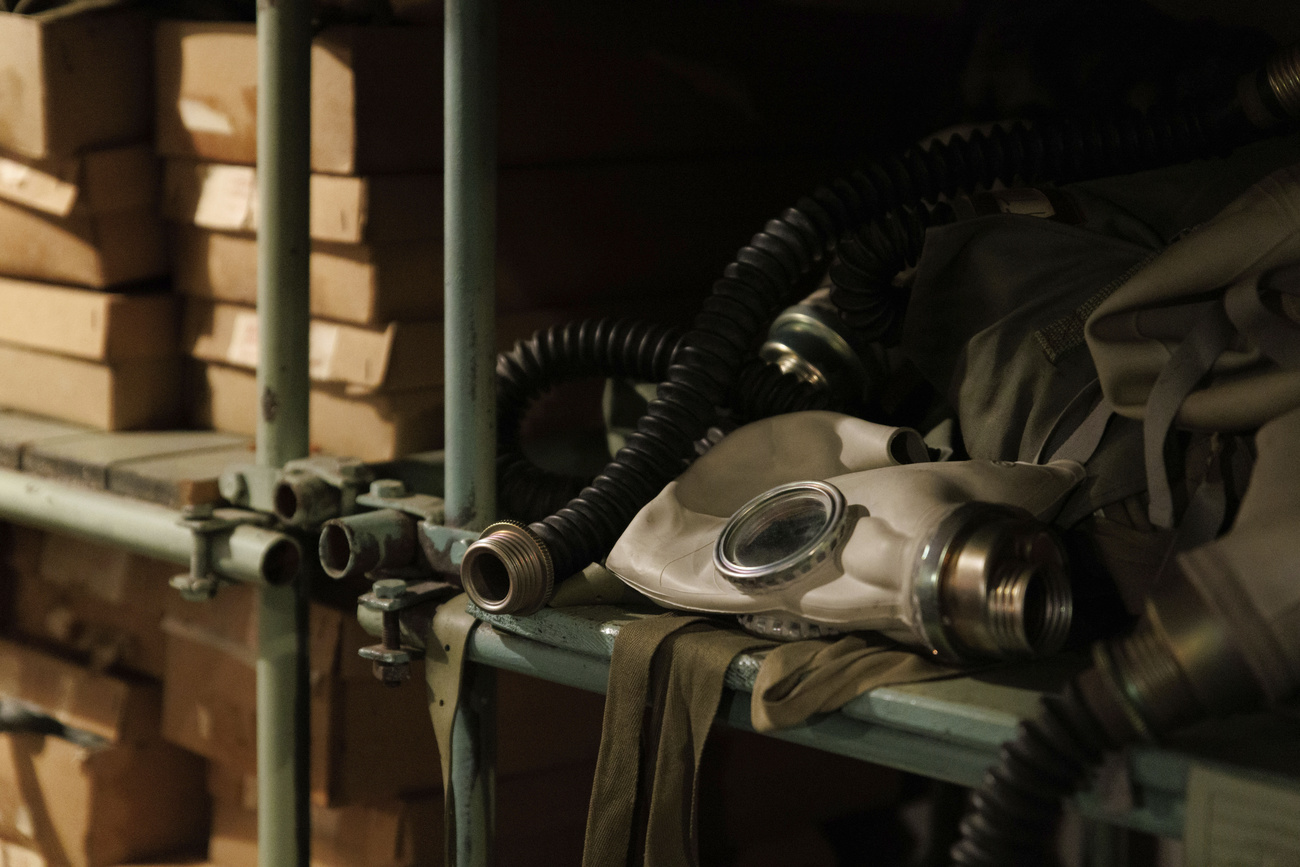
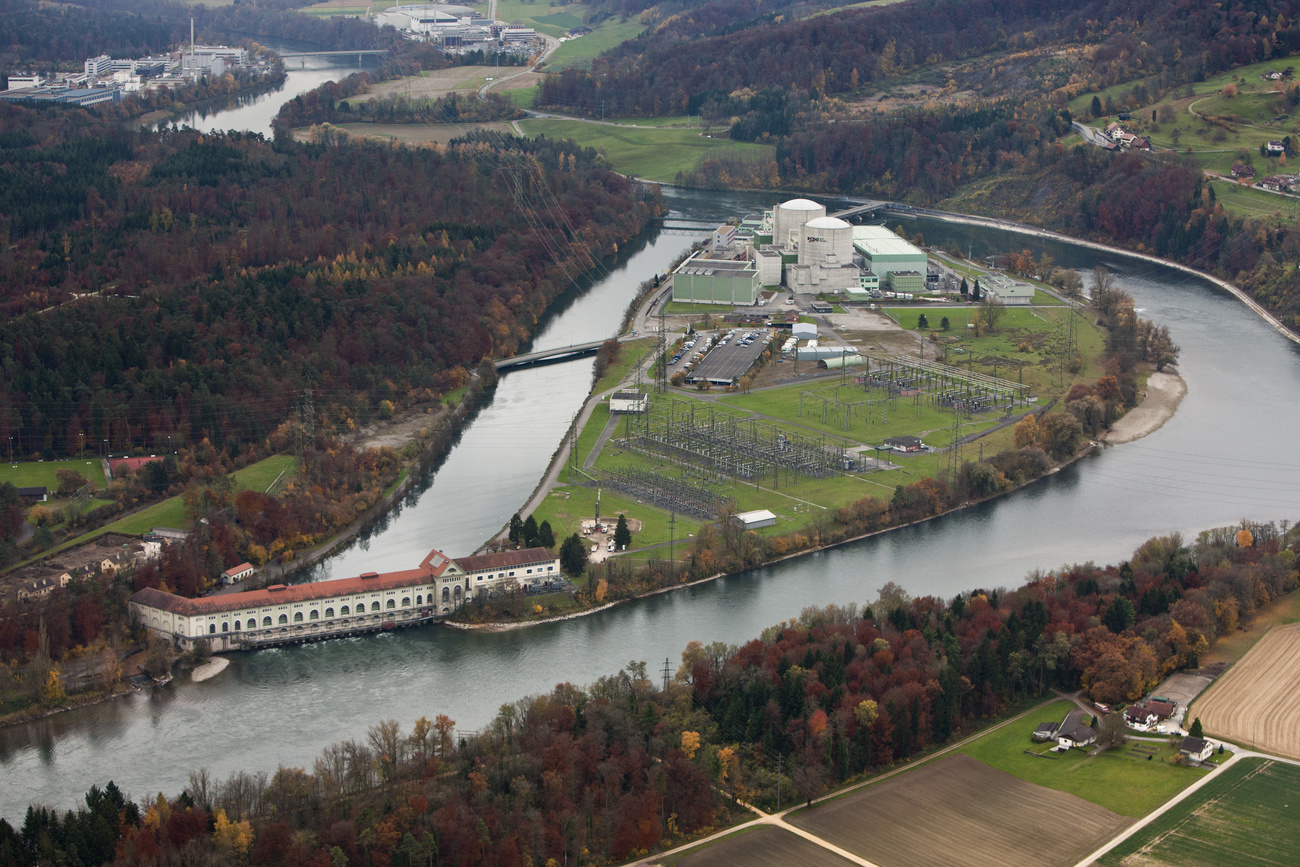


You can find an overview of ongoing debates with our journalists here . Please join us!
If you want to start a conversation about a topic raised in this article or want to report factual errors, email us at english@swissinfo.ch.